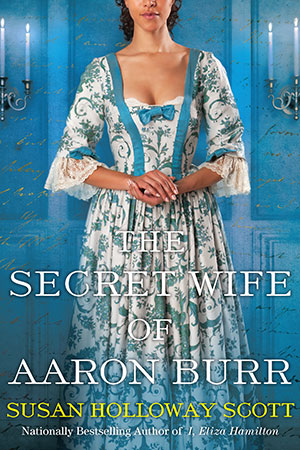Susan reporting:
So often when clothes from the past are displayed in museums, they're shown as a single isolated piece, without any of the little personal additions that changes clothes into *my* clothes. As we've discussed here before, the 18th century was an era of splendid fashion excess when it came to accessories (see here, here, and here, from a current exhibition in Colonial Williamsburg.)
True, the word "accessories" is a modern one, but these two now-unknown French ladies, c. 1770, left, certainly understood the concept. In this wonderful double portrait, both young women are wearing what appears to be silk damask gowns, robes a l'anglaise. As elegant as these gowns may be, they're only the foundation for everything else that's added on.
Both ladies have tied sheer white silk gauze aprons with ruffles on the edges over their gowns.(Here's an English example.) The triple-flounced lace cuffs, called engageantes, (here are examples) are pinned inside the sleeves of the gown, and the silk ribbon bows at the elbows are pinned on, too – clever ways that a lady could change the look of a gown. The lady in pink wears a gathered lace scarf around her neck, while the other lady wears one of fur, both anchored by more bows, pinned in place.
Flowers were popular decorative elements throughout the 18th century. While the red rose in the lady's hand is probably real (and symbolic of love and romance), the ones that decorate their clothes and bonnets are likely made of paper, artfully tinted and shaped. The bonnets are linen and lace, pinned on top of their tall, powered hair. The lady on the left carries another favorite 18th century accessory, a fan, that may be lace, silk, pierced ivory, or even painted chicken skin.
And then there's the jewelry. Both women are wearing chatelaines hanging from their waists. A chatelaine is a piece that hangs or clips to the waistband, with dangling chains that hold a lady's little necessities, like keys, scissors, seals, and watches. (Here is an example from the V&A, and another.) While the origins of chatelaines are useful, they're often beautifully made, costly status symbols, like the gold ones here that feature large gold watches with enamel faces.
The ladies wear matching heart-shaped necklaces (alas, the resolution of jpg isn't high enough for me to see them in detail.) They both wear clip earrings as well, plus jeweled brooches scattered across their hair and bonnets. Are they real gemstones, or artful paste jewels? Either is possible, for ladies then, as now, mixed faux jewels with the real thing. There's one more accessory in this picture, one that no 18th c. lady would be without: the small spaniel, sitting on a silk cushion with his mistresses.
Above: Two ladies, one holding a fan and the other a rose, by an unknown French painter, c. 1770, The Bowes Museum
Laws Concerning Women in 1th-Century Georgia
10 months ago






























 One of us --
One of us -- 


